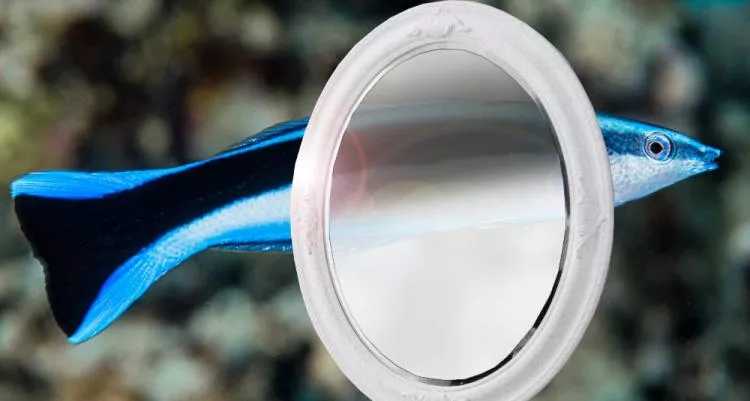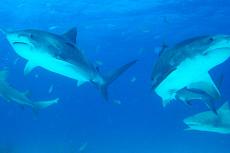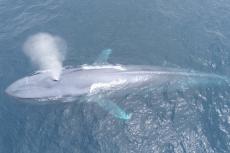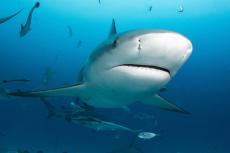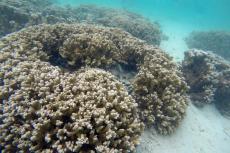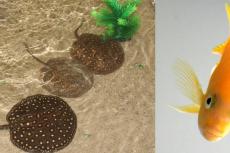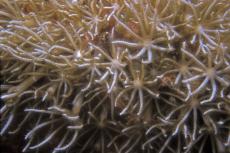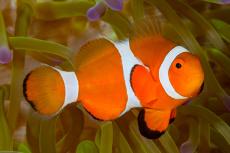Fish recognises itself in photographs
Cleaner fish (Labroides dimidiatus) likely recognise their own mirror image using a mental image of the self-face, comparable to humans.
A new study demonstrates how animals recognise self-images.
Some animals have the remarkable capacity for mirror self-recognition (MSR), yet any implications for self-awareness remain uncertain.
In a test of MSR ability in cleaner fish, mirror-naive fish initially attacked photograph models of both themselves and unfamiliar strangers. In contrast, after all fish had passed the mirror mark test, they did not attack their own (motionless) images, but still frequently attacked those of unfamiliar individuals.
Recognising self in photographs
Furthermore, when fish were exposed to composite photographs, the self-face/unfamiliar body was not attacked, but photographs of unfamiliar face/self-body were attacked, demonstrating that cleaner fish with MSR capacity recognise their own facial characteristics in photographs.
Additionally, when presented with self-photographs with a mark placed on the throat, unmarked mirror-experienced cleaner fish demonstrated throat-scraping behaviours. Six of the eight individuals that saw the photograph of themselves with a parasite mark were observed to rub their throats to clean it off. Whereas, showing those same fish pictures of themselves without parasite marks or of a familiar cleaner fish with parasite marks did not cause them to rub their throats.
Face recognition
The results indicate that the cleaner fish determined who was in the photograph based on the face in the photo but not the body in a similar way humans do.
Combining mirror test experiments with photographs has enormous potential to further our understanding of the evolution of cognitive processes and private self-awareness across nonhuman animals.


